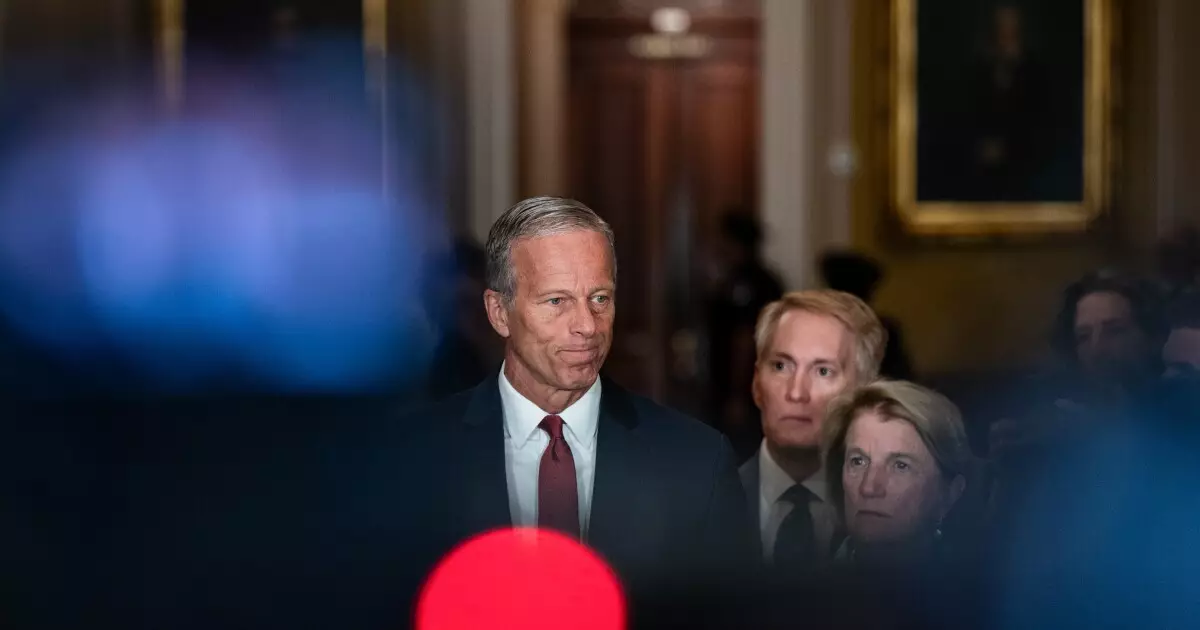15 Reasons Why Rural Health Care Deserves Our Attention Now

In the heart of America lies a healthcare crisis that is often overlooked: rural hospitals teetering on the brink of financial disaster. With looming Medicaid cuts threatening to impact states like Kentucky, North Carolina, and Iowa, congressional efforts, particularly by Senate Republicans, to establish a $15 billion relief fund may come as both a desperate remedy and a Band-Aid solution. The intended allocation of $3 billion per year from fiscal 2027 to 2031 may ease immediate concerns, but it remains dubious whether this stopgap measure will address the underlying systemic issues facing rural healthcare.
The stark reality is that about 48% of rural hospitals operated at a financial loss in 2023, as outlined by the American Hospital Association (AHA). How did we arrive at a place where nearly half of these institutions—crucial pillars of their communities—are struggling to keep their doors open? The challenge is compounded by the Senate parliamentarian’s recent ruling that cut out significant cost-saving measures proposed to mitigate the anticipated losses. While some Republicans call for a hard override of these rulings, Senate Majority Leader John Thune wisely categorically rejected this notion. The integrity of the legislative process cannot be compromised for the sake of hurried political gains—what we need is sustainable, thoughtful legislation.
The Political Dance of Relief Efforts
As Senate leaders scramble to navigate the political intricacies of the “one big beautiful bill,” the strategy becomes increasingly transparent: appeasement over substantive reform. Thune referred to the current setbacks as “speed bumps,” but to many observers, they reflect a deeper issue about the coherence and focus of Republican priorities. The party risks losing sight of rural America’s pressing needs when engaging in political theater rather than tackling complex problems head-on.
Rather than simply looking to cushion the blow of Medicaid cuts with a relief fund, why not adopt a multifaceted approach that genuinely addresses the economic conditions leading to the decline of rural hospitals? Innovations in how healthcare is financed and delivered, stronger partnerships with local communities, and a reevaluation of federal Medicaid provisions could create a more robust safety net for these vulnerable institutions, while also benefiting the communities they serve.
Financial Markets and Rural Health
Investors are jittery as they look toward a future where rural hospitals are strained under grim financial forecasts. The proposed changes to the allowable provider tax will undoubtedly stifle funding resources, transforming any regulatory tweaks into potential disasters for small hospitals trying to survive. The fear of the municipal bond market reflects a broader societal fear: if we neglect our rural healthcare systems, we’re neglecting the very fabric that binds Eastern Kentucky to the plains of Iowa and Oklahoma.
Recently, the S&P Municipal Bond Hospital Index saw yields rise significantly. This increase is not merely a statistic; it illustrates the risk perceptions that investors have toward healthcare facilities struggling under an increasingly challenging financial landscape. While the proposed funding could help ease some of the immediate consequences, it could also distract from addressing the deeper, foundational issues that need reform.
The Inequities in Healthcare Access
Perhaps the most significant inequity resultant from the recent proposed cuts is the disparity in healthcare access. Low-income rural populations will be disproportionately affected by even the smallest changes in Medicaid policy. States that lean red politically, such as Kentucky and Oklahoma; we can’t ignore the consequences. The proposed $1.5 billion allocations may focus on rural populations, but that is not enough when juxtaposed against the estimated billion-dollar losses mentioned. This piecemeal approach could result in some hospitals receiving funds while others fall through the cracks entirely.
Rural hospitals have been on the decline for years, yet lawmakers continually fail to take comprehensive action that fosters long-term stability for these vital care centers. It’s time to address the uneven playing field and implement adaptive structures that account for the unique challenges of rural healthcare. Without this, even a $15 billion relief fund may turn out to be a fleeting remedy rather than the lifeline that those communities desperately need.
Social equity in healthcare is paramount. Rural America should not merely be an afterthought in the policy discussion. The potential facing rural hospitals needs genuine legislative commitment, not just temporary financial patches. This is a clarion call for pragmatic, center-right policymakers to ask themselves: are we serving our communities, or are we merely playing politics?





